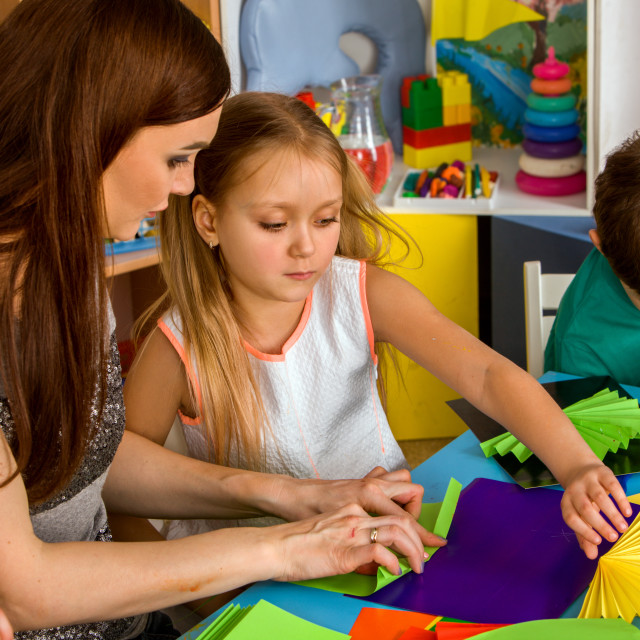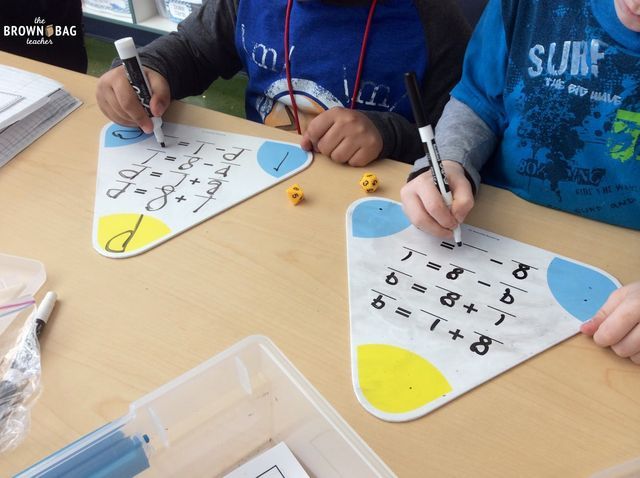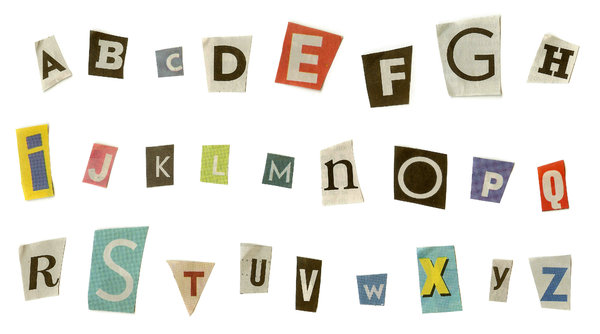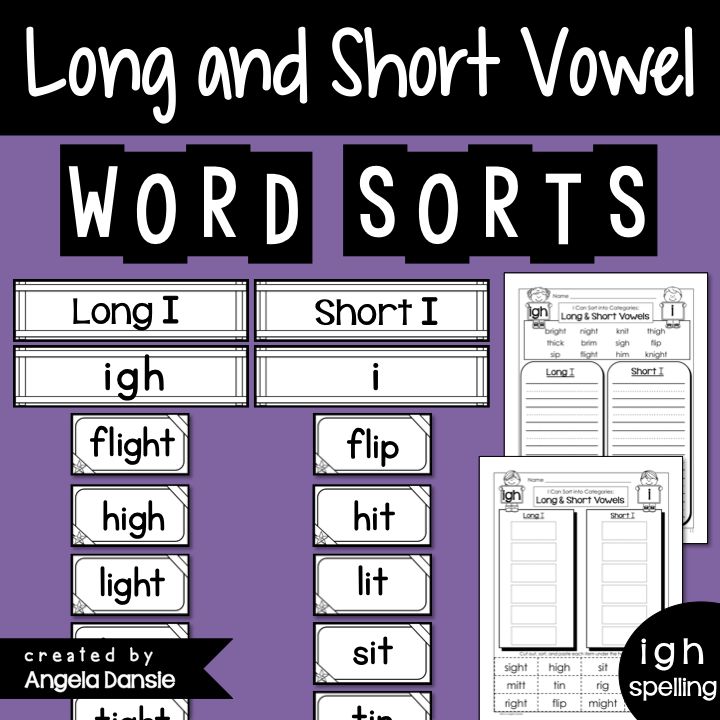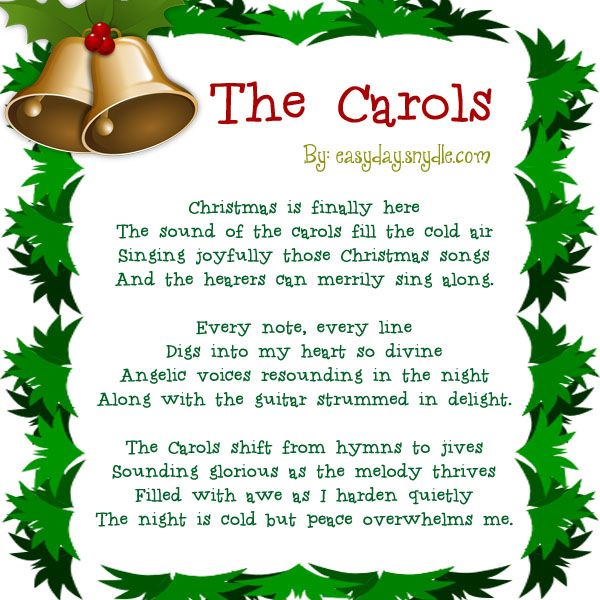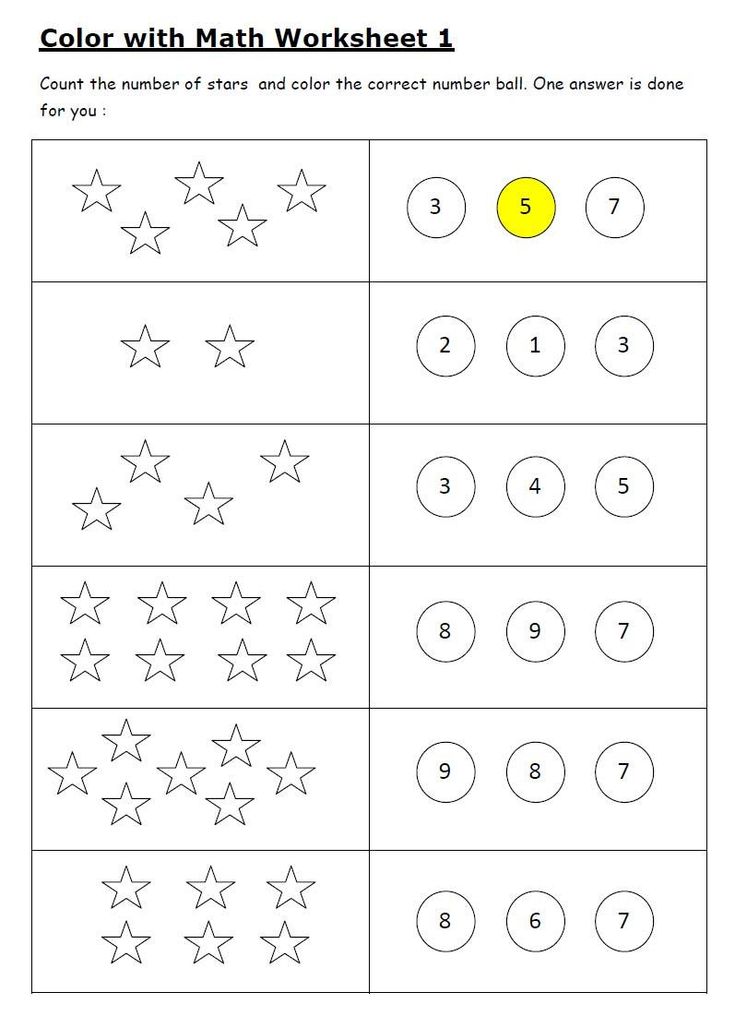Learn sight words kindergarten
The Best Tips to Teach Sight Words to Kindergarteners
35 shares
- Share
- Tweet
It’s important for beginning readers to develop a bank of sight words to support their early reading. If you’re wondering how to teach sight words to kindergarteners and preschoolers, it’s a task that can be done, but it will definitely take time. Read on for some great tips to get them started early.
What are Sight Words?Sight words are also referred to as “high frequency words” because they are words that appear most frequently in texts.
Some examples of early sight words are “the,” “I,” “a,” and “am.” As children progress with their reading, they can begin to work towards recognizing longer sight words, such as “they,” “said,” “where,” and “have.”
The goal is for children to recognize sight words instantly, without needing to devote much effort to sounding them out. This frees up their efforts for words that require more strategies to solve.
For example, a book written for a beginning reader may include the sentence starter, “I am” on each page, with endings such as “swimming” or “running” completing each sentence. Children with a well-developed bank of sight words can instantly and effortlessly recognize the words “I” and “am.”
This allows them to focus their word-solving strategies on the final word in the sentence. They may use strategies such as making the first sound and looking at the picture cue.
When to Teach Children Sight WordsNot every child is ready for sight words at the same time. Similar to talking and walking, learning sight words is a developmental stage that children begin at different ages. Usually, it should not be before about five years of age.
Before learning sight words, make sure the child developed pre-reading behavior. Once your child begins showing an interest in letters and words, it indicates that a child is growing closer to reading.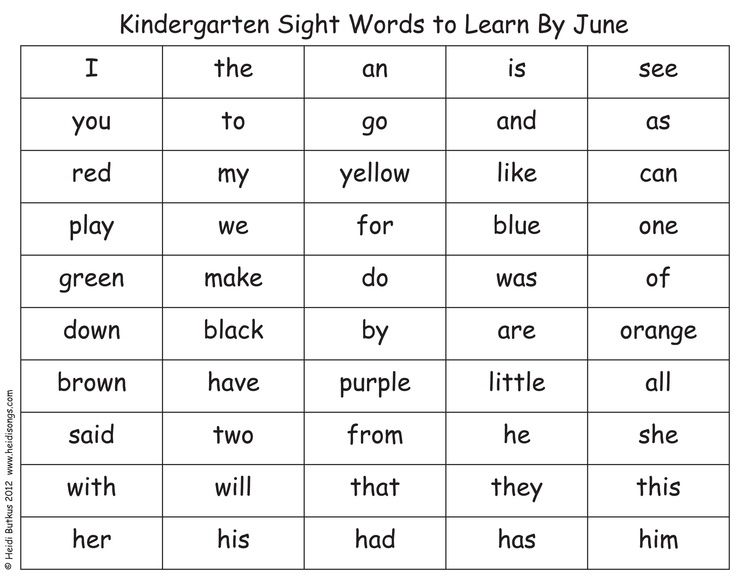
Children do not require to recognize every letter before they begin learning sight words. A few letters and their sounds will let them get started with pre-primer sight words.
How to Teach Sight WordsIt can take time for children to learn sight words depending on their age, motivation, and cognitive skills. However, teaching sight words with the right strategies can help any child to improve quickly.
If you’re looking for how to teach sight words to kindergarteners or preschoolers, here are some great tips and strategies to do so.
1. Start with a Small List of WordsIt is easy to find lists of sight words to begin introducing to young children. However, it is important that educators do not overwhelm beginning readers with long lists of words to learn.Start with one or two words that you would like to focus on. Give children many opportunities to practice these words and solidify their learning, before introducing more words.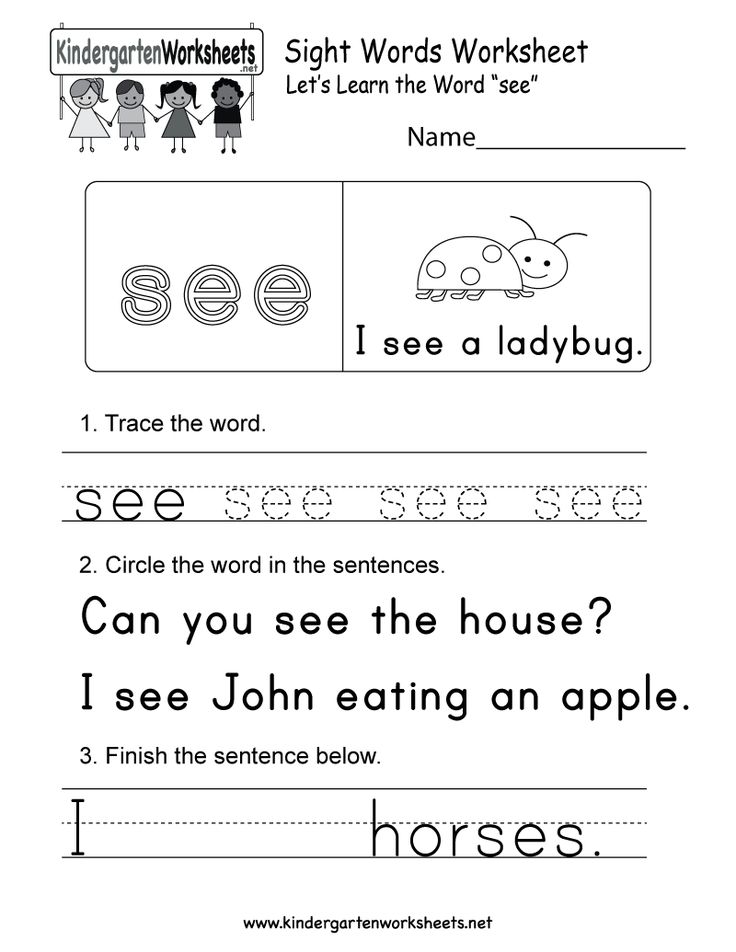
2. Make it Motivating
Children can be motivated to learn sight words that hold personal significance to them. For example, a child may enjoy learning how to read the word “mom” or “dad.”
Also, achieving quick success with sight words can motivate children to keep reading. Learning sight words like “I” and “a” may be easier than other words and give children an instant boost in their reading confidence.
3. Don’t Introduce Visually Similar Words TogetherKeep in mind that children who are learning to read may find visually similar words confusing. For example, it is not uncommon for beginning readers to mix up the words “the” and “here.”
To cut back on the confusion, do not introduce visually similar words at the same time. Also, make sure that children have a solid recall of the first word before introducing the second.
4. Practice Makes PerfectAs you introduce new sight words, it is very beneficial to continue revisiting previously learned words.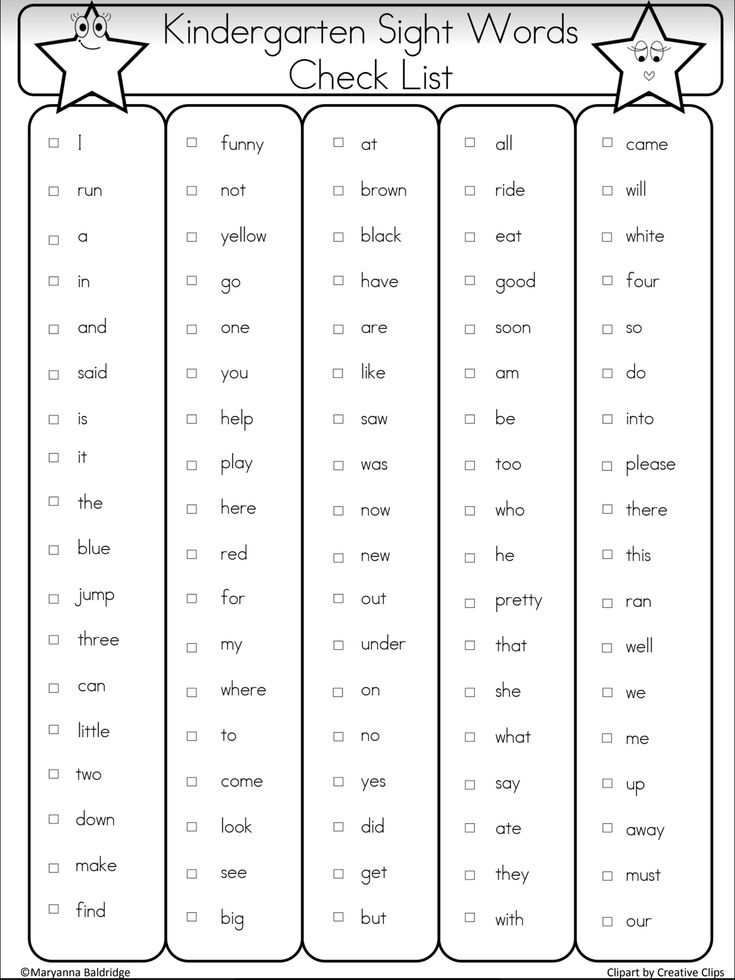 Even if they seem to have mastered a word, once you introduce new words, they may forget what was previously learned.
Even if they seem to have mastered a word, once you introduce new words, they may forget what was previously learned.
Continue to go back and reteach or quiz your children on previously learned words to make sure that they still remember them.
Worksheets can provide children with a variety of ways to review their growing bank of sight words. Coloring, matching, writing, and reading activities all help to solidify their sight word recognition.
5. Use Books for Carry OverA key component of learning sight words is to recognize them in context. Some children may be able to identify a sight word within a list of words or on flash cards, but when it comes up in a book, they have trouble.
Children should be exposed to a variety of books at their current reading level that include sight words you have been practicing. Choosing “just right” books is important.
Asking children to read books that are far too difficult can create frustration.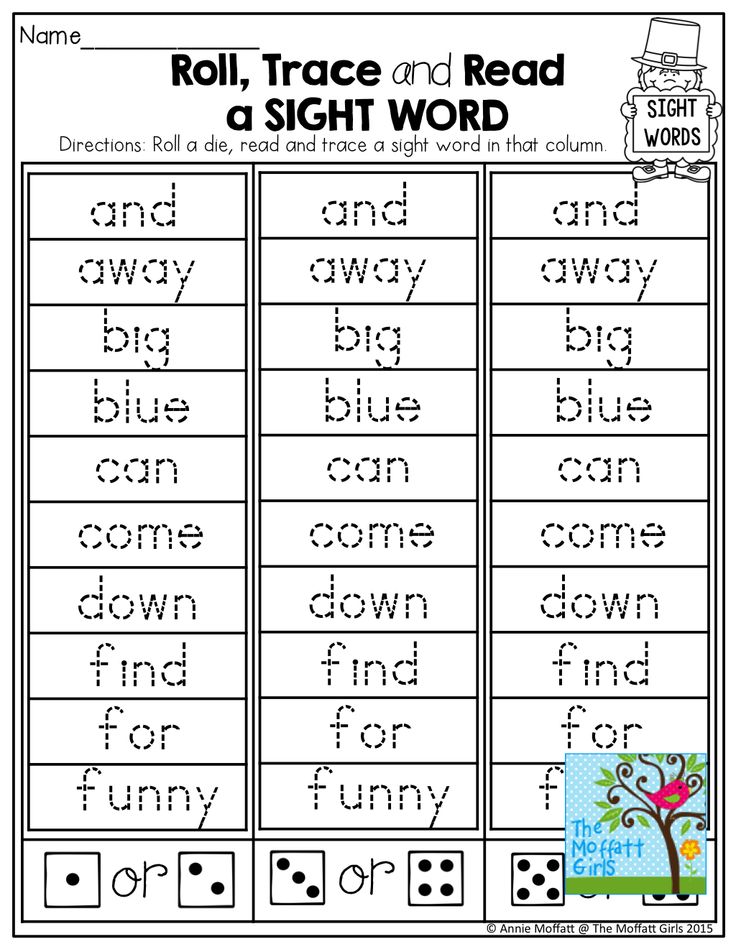 To learn new words, practice word-solving strategies, and sight word recognition, children need experience reading books at their instructional level – not too hard, and not too easy.
To learn new words, practice word-solving strategies, and sight word recognition, children need experience reading books at their instructional level – not too hard, and not too easy.
As you introduce sight words, pair them with books that are filled with the words you’re focusing on. There are many texts written specifically for beginning readers that use patterns and repetition to teach sight words.
The goal is to provide children with lots of exposure to the new words and to do so in a context where they can achieve success.
Beginning readers should read the same book more than once, providing them with more opportunities for practice and to develop confidence in their reading.
6. Pair Reading and Writing with Sight WordsAnother great strategy for how to teach sight words is to take advantage of the relationship between reading and writing. When children learn how to write a word, they can typically read it as well.
As you’re teaching sight words and incorporating the use of levelled texts, consider ways to involve writing as well.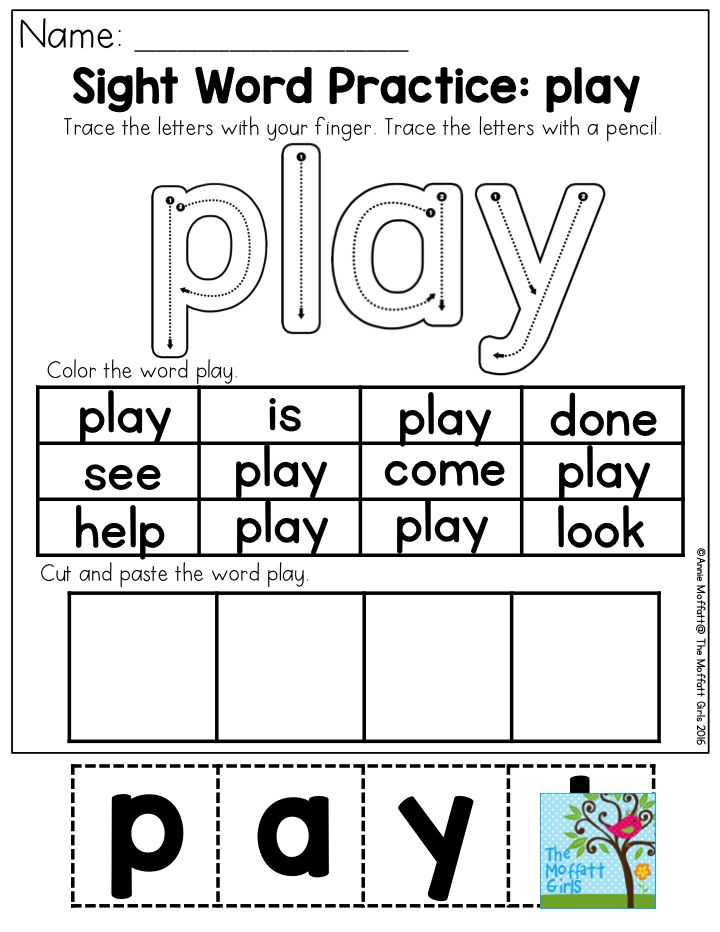 One way is to use a sentence stem from a book children have just read.
One way is to use a sentence stem from a book children have just read.
Using the earlier example of a patterned text that begins each page with “I am,” children could write their own “I am” sentence after reading the book. This provides them with practice writing two sight words.
Letting them choose their own ending for the sentence allows them to personalize their writing. Some children may wish to go a step further than writing one sentence and can create their own “I am” book.
7.
Use Sensory Items For Writing Sight WordsPreschoolers and kindergarteners may enjoy exploring different modalities to write words. Have them experiment with chalk, whiteboard markers, or pastels.
They can also practice writing their words in salt trays, shaving cream, or sand. In addition to writing sight words, children can build the words using materials like magnetic letters, letter tiles, or stamps.
8.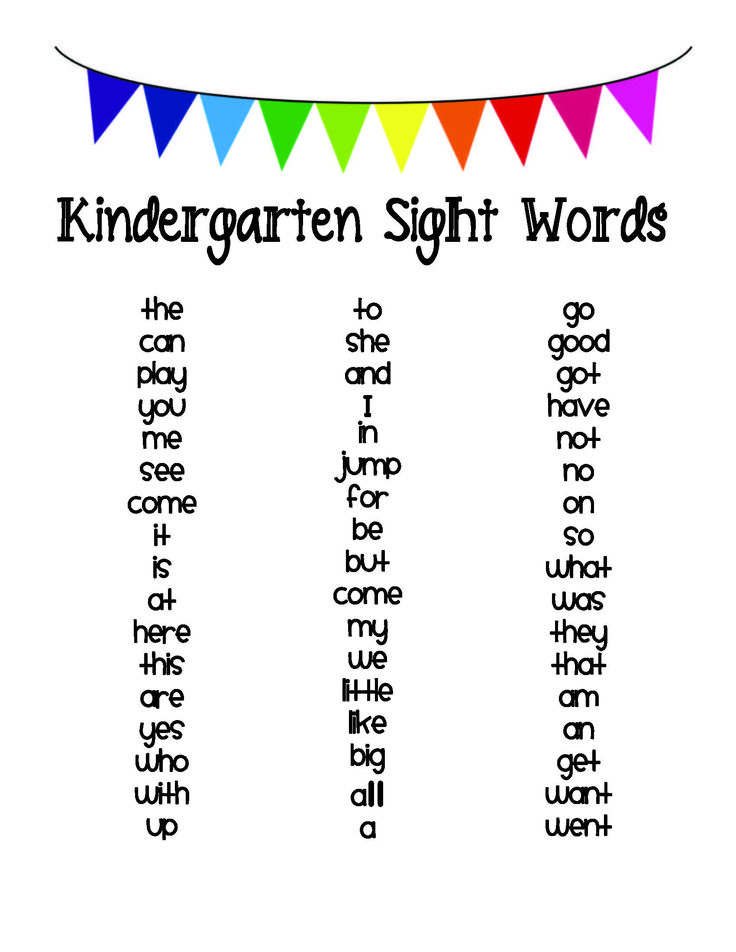 Use Visual Cues (Word Wall)
Use Visual Cues (Word Wall)A great tool to help children remember how to write sight words is a word wall. This is a visual display of words they have been introduced to.
Word walls can be put up on a wall or bulletin board or can be a small, personal chart kept at a child’s table or desk. It’s important to make sure that words are displayed clearly, with the letters formed correctly. Beginning readers and writers can find fancy print confusing.
Word walls are also a great way to keep track of which sight words you have introduced. They also provide another way for children to review their words.
9. Sight Word GamesAfter introducing a new word, we don’t want to abandon it before a child has had adequate opportunities to solidify its recall. Sight word games are a great way to teach sight words by reviewing and adding new words.
One example of a sight word game is Memory. Each word needs to be written on two flashcards.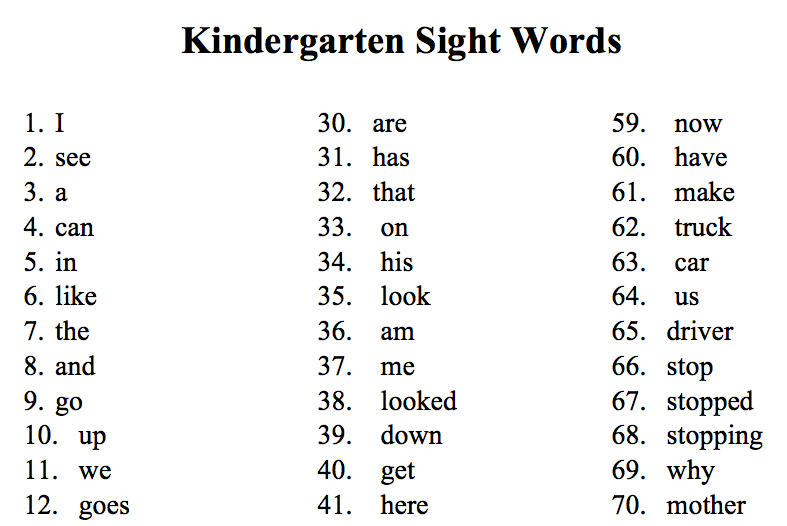 All the flashcards are turned over, face down.
All the flashcards are turned over, face down.
Each player takes turns choosing two cards. If they match, the player keeps the cards and gets another turn. If they don’t match, the player flips the cards back over and the next player has a turn.
The game ends once all the cards have been matched. The winner is the player with the most matches.
Another simple sight word game is Zoom. A sight word is written on each flash card. The same word can be written on a couple flashcards if you like.
The word “zoom” is printed on several flashcards. Players take turns choosing a card from the deck. If they choose a sight word, they read the word then place the card in their own pile.
If they choose a “zoom” card, they get to steal everyone’s cards. Once all the cards have been chosen, the player with the biggest pile wins.
Sight Word Bingo is another way for children to review their sight words. Bingo cards made for dry erase markers can be reused but paper and pencil also works.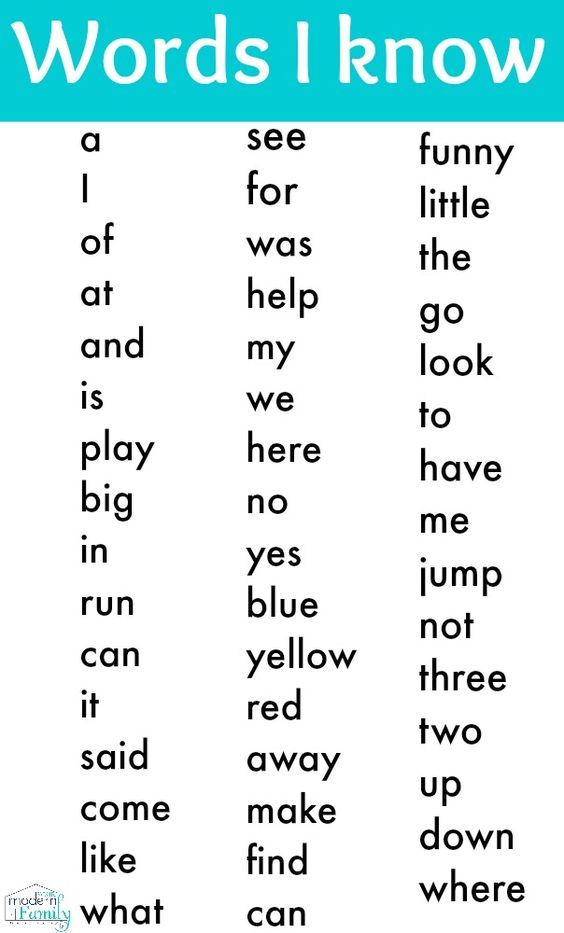
Each player needs a bingo card that has a different sight word in each box. You also need a deck of flashcards with each word written on a card.
One person chooses a card and reads the sight word. The players look at their bingo card to see if they have the word, If so, they check it off.
Cards continue to be chosen until a player gets “bingo.” This may be one line of words, words that create an “X” on the card, words in the four corners of the card, or even every word on the card.
Introducing children to sight words is an essential part of teaching them to read. Watching their bank of known words develop is exciting to see! As they accumulate more words that they can instantly recognize, their confidence in both reading and writing will grow.
Now that you know how to teach sight words to kindergarteners and preschoolers, you can get your children and students learning and reading in no time! Be consistent with the above strategies and they’ll love learning to read and write.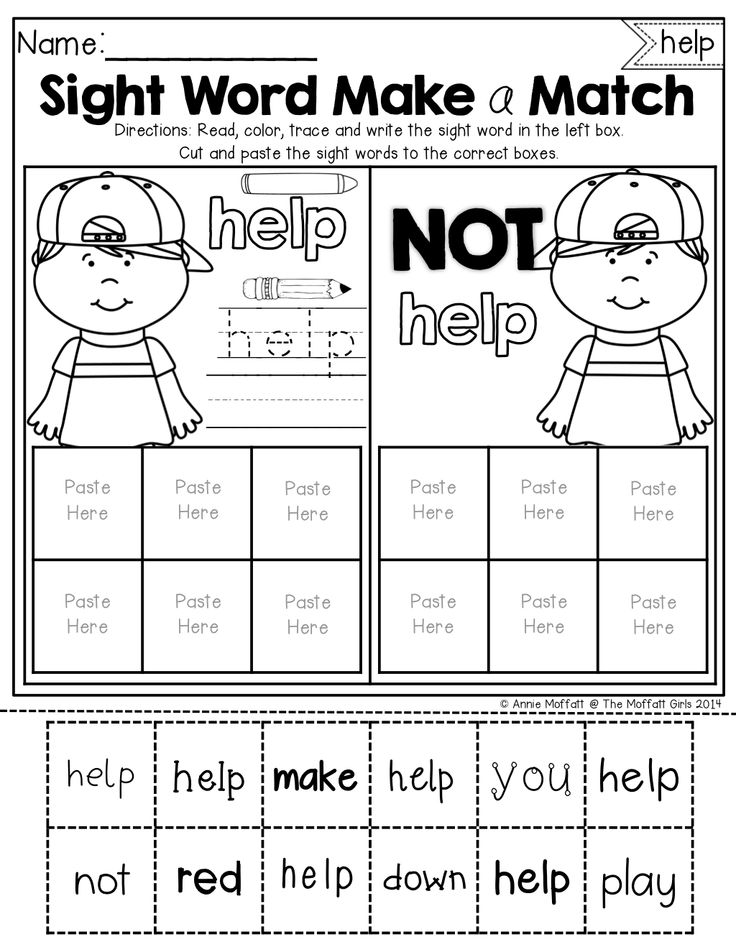
Author Bio
Alesia is a founder of PrimaryLearning.org, an educational website that helps elementary school teachers and homeschool parents with hands-on worksheets, activities and thoughtful articles.
Related posts:
How to Teach Sight Words: Tips For Kindergarten Teachers
Home » How to Teach Sight Words: Tips For Kindergarten Teachers
Are you wondering how to teach sight words? You know that just practicing and memorizing them isn’t that helpful. So, what can we do to liven things up? We’ve gathered together our best tips. Perfect for kindergarten and homeschoolers. Click through to get our ideas.
One of the hot topics in the Simply Kinder Facebook group is teaching sight words. And no wonder really. Love ‘em or hate ‘em, we all have to teach sight words.
This Resource Works Well With
Why Is It Important For Students To Learn Sight Words?Before we start, let us go over the basics. Why do we even bother teaching sight words? Phonic instruction is important for early readers, but so are sight words.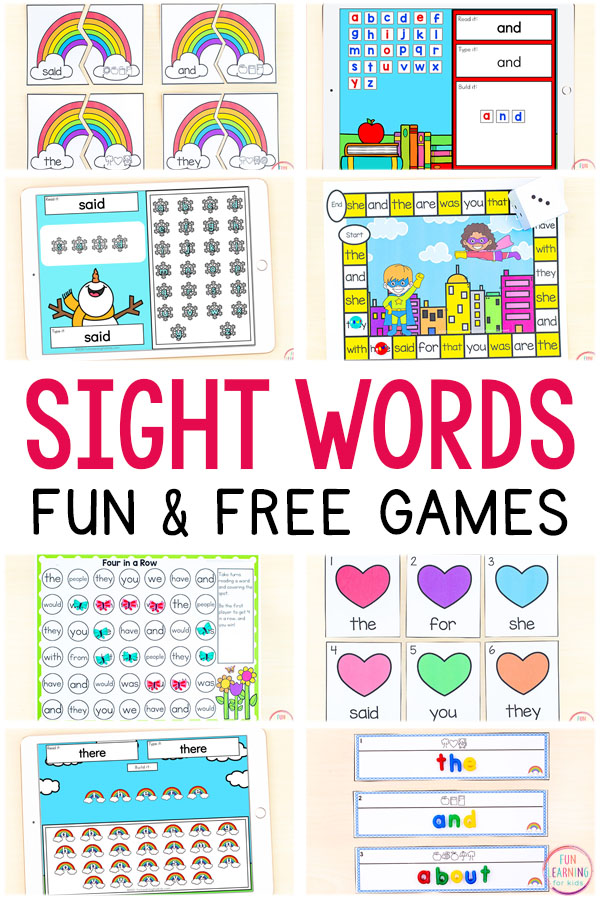 Sight words are high-frequency words. This means that they appear in the most text more often. Some of these words follow phonics patterns, and some of them don’t.
Sight words are high-frequency words. This means that they appear in the most text more often. Some of these words follow phonics patterns, and some of them don’t.
We want our students to get to the point where they recognize these words without having to sound them out. Teaching these words helps our students read more fluently. But more importantly, it helps them experience success in their reading. And they will be reading a lot in Kindergarten. Making that a positive experience is vital.
How to teach sight words to children?There is no one way that seems to work over all the others. Every child is different and will respond to different approaches. One strategy that works for readers is teaching them the phonics part of reading. There are so many common patterns in sight words like open and closed syllables that will help your students be successful.
The one thing that does make a huge difference is to practice, practice, practice. The more our Kinders see and use those words, the more fluent they will read them.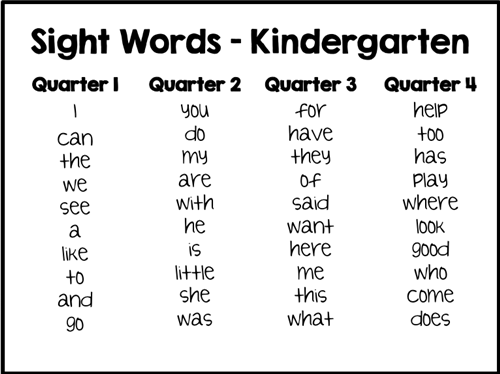
We’ve gone to the teachers in the Facebook group and scoured the Internet to find out the best tips for teaching sight words. Are you ready to begin?
Our Best Tips For Teaching Sight Words
1. Practice them every day with these three basic steps.
2. Use our simple Sight Word Books: Each book highlights one sight word and uses a predictable pattern. This makes it easy for students to read and experience success. The bundle also includes worksheets, so the children can practice using the words.
3. Reinforce with Games: It takes a lot of practice to learn a sight word. We have loads of sight word games to make it fun. Try
- Editable Fall and Winter Games
- Mining For Sight Words
- Sight Word Train Center
- Egg Basket Sight Word Game
More Games
4. Play Kaboom! (suggested by Grace Goodson Johnson): Here is a DIY game that is very easy to prepare.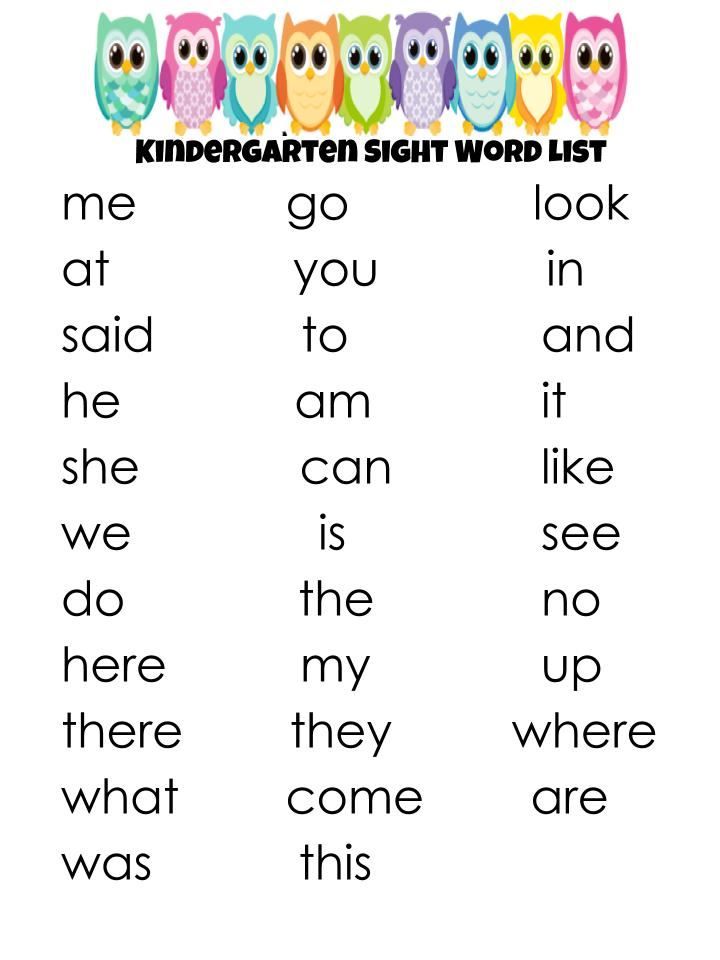 All you will need is some craft sticks and a permanent marker.
All you will need is some craft sticks and a permanent marker.
5. Roll a word: Another DIY game that kids love. Tape a square box closed and write one sight word on each side. Kinders roll the dice and read the word. That’s all there is to it! Sometimes the simplest things work the best.
6. Jenga sight words: You will need to find/buy a Jenga game. Write one sight word on each block (use a permanent marker). Play the game, but each time your Kinders pull out a block they have to read the word.
sight word path7. Make it Active: Kinders have a lot of energy to spare. Anything that pairs movement and learning is going to be a big hit.
- path of sight words
- sight word snowball fight
- Sight word high five
Writing and Manipulatives
8. Use Sight Words In Writing: Your students will benefit from using the words they learn. The act of writing helps reinforce the phonemes and builds muscle memory.
Use Sight Words In Writing: Your students will benefit from using the words they learn. The act of writing helps reinforce the phonemes and builds muscle memory.
- Pattern writing on desks
- Sight Word Writing Activity and Game
- Writing in shaving cream (put on desk or on cookie sheets and students write words with fingers)
- Writing in sand
- Read it, write it, glue it worksheets
8. Teaching Sight Words With Manipulatives: Manipulatives are fun and can liven up learning.
- Sight Word builders and Rocks Game
- Sight Word Snap Block Center
- Build words with letter tiles or magnetic letters.
- Stamp them using alphabet stamps.
- A sight word activity using mini erasers
Practice Makes Perfect
10. Re-visit sight words constantly. As they say, practice makes perfect and repeated exposure will eventually make the word stick. Children need loads of practice reading and writing sight words before they finally learn them.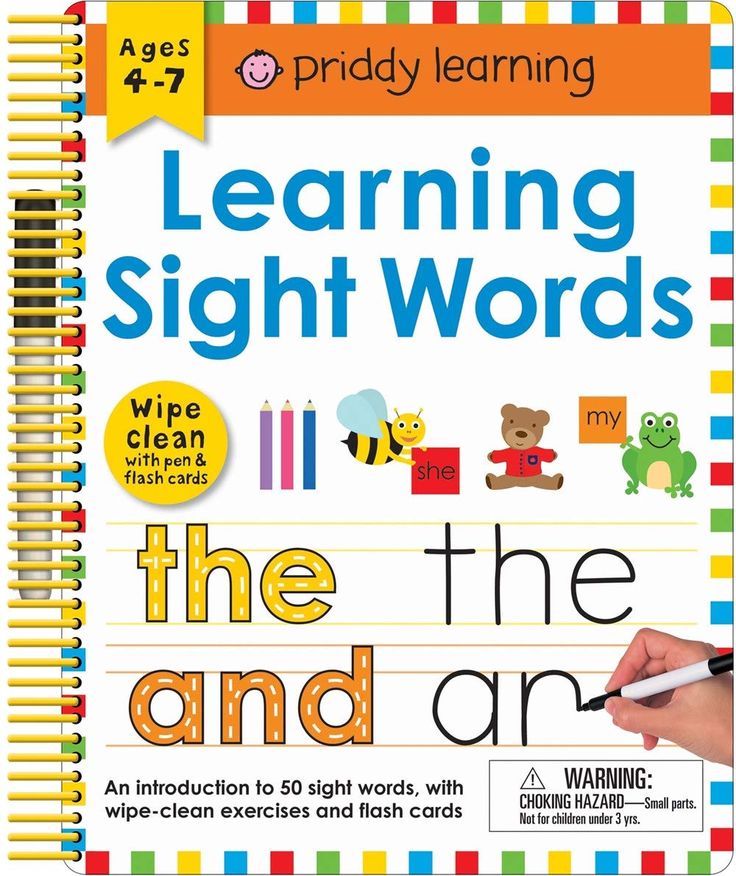 Do this by introducing sight words in many ways. Check out our ultimate list of sight word activities.
Do this by introducing sight words in many ways. Check out our ultimate list of sight word activities.
11. Try a sight word app: Have you discovered the Sight Word Ninja app yet? It is an inexpensive and great way for students to practice, particularly struggling readers!
Related: The Best Free Kindergarten Apps for reading
Songs and Videos
12. Sing them: A lot of teachers in the Simply Kinder group recommended Heidi’s Songs. It is quite an investment, but worth considering if you have a parent offering to buy something for your classroom.
13. Sight word of the day song: Here is a free alternative for those of us that can’t afford to buy the songs right now. This brilliant idea came from Stacey Elizabeth in the Simply Kinder Facebook group. We will use the sight word could, but feel free to substitute any word of your choice.
Sung to the tune of B-I-N-G-O
There was a sight word of the day and could was our sight word.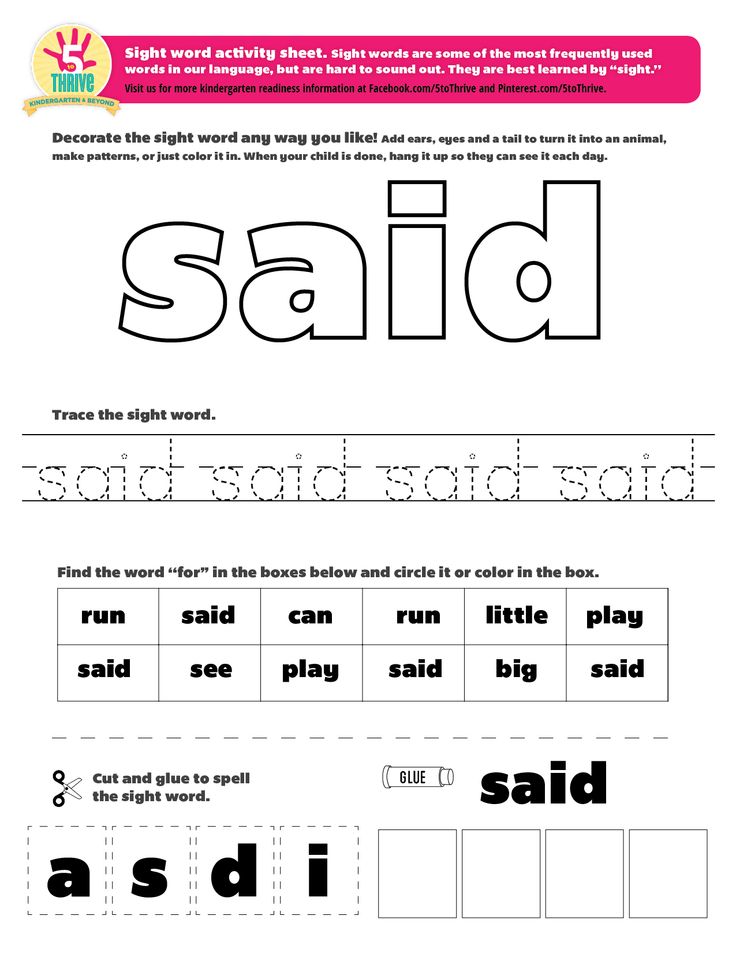
c-o-u-l-d, c-o-u-l-d, c-o-u-l-d,
And could was our sight word.
Write the song out on newsprint or whiteboard and leave gaps where the word should go. Print the words on paper, cut out and add them to the song each day.
This works brilliantly for 5 letter sight words, but you can use words with a fewer letters. Just adjust the timing of the song.
14. Use You Tube Videos: There are loads of free sight word videos on Youtube. Here’s two of our favorites
15. Use Pinterest: Pinterest is a goldmine of ideas. Check out my Sight Word Pinterest board
Sight Words
These are our best tips and we know that we will be adding to the list as we find more, so you may want to pin this post.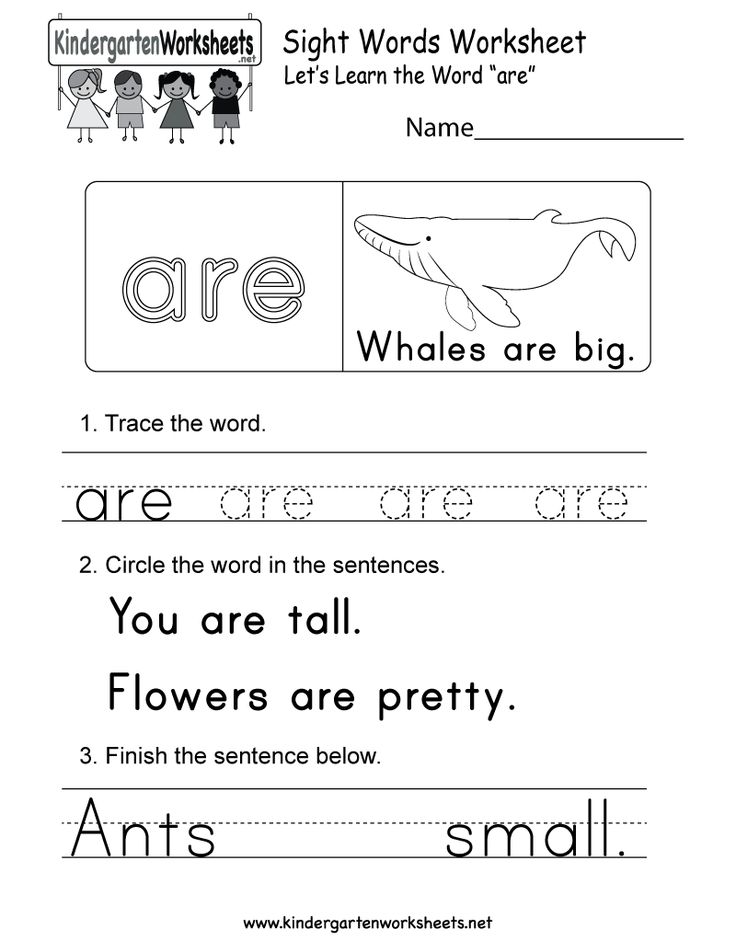
Your Turn
How do you teach sight words? Do you have a brilliant tip to share?
At Simply Kinder we work together to bring you ready-to-use resources to partner with great teaching for any curriculum, a Facebook community where teachers talk all things Kindergarten, and low-prep learning ideas that your students will love. Be sure to stay up to date with all things kindergarten on Instagram, Facebook, Pinterest, and through email. Simply Kinder: where teaching Kinder is definitely better together!
How to teach a kindergartner kind of words?
[email protected]
In addition to phonetics, how to learn words for sight in kindergarten is very important and is a great addition to phonetics. Keeping in mind that vision words are words that seem to be more frequent and it is important for a child to understand them first. There are many ways to teach children to see words. In kindergarten, children are taught words simply by making them look at them and understand them. The same is the purpose of teaching children verbal vision. Vision words are words that children will see over and over again hundreds of times in any given passage. It is necessary to teach the child the best possible way to learn the words of the kind. Learning words by sight is important because they improve fluency and the ability to understand the meaning of a phrase.
The same is the purpose of teaching children verbal vision. Vision words are words that children will see over and over again hundreds of times in any given passage. It is necessary to teach the child the best possible way to learn the words of the kind. Learning words by sight is important because they improve fluency and the ability to understand the meaning of a phrase.
Which words are high frequency words?
There are various words, such as you, is, that require sight to learn. These are repetitive words and must be understood in order to understand the passage. It is for this reason that they are also called high-frequency words. A child can learn effectively with more frequent exposure to them. Some of them, such as "on" and "in", may also fall under the definition of "word of sight". Below are a few techniques that will help you teach your toddler kindergarten words in the easiest and most effective way, and possibly the best way to learn sight words. Below are a few techniques that will help you teach your toddler kindergarten words in the easiest and most effective way, and possibly the best way to learn sight words.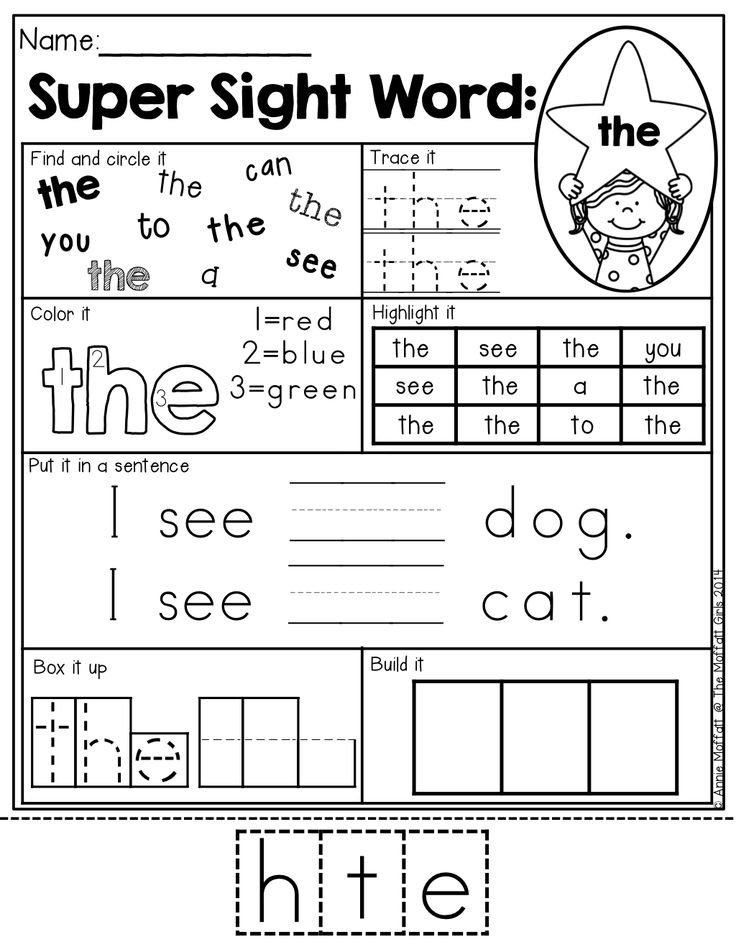
1) Techniques for introducing new words:
When introducing the vision of a word, make sure you follow these five techniques so that the children can understand it.
• Watch and repeat : Show them the words and let them watch a few times. Read the word and ask them to say it.
• Repeat after you : This is the best way to keep things in your head. Say the word and ask them to repeat. Continue several times.
• Air letter : Using your index finger, first hold their hand to draw the word in the air, and then let them draw it on their own.
• Sandwriting : repeat the spelling in the air, but on a sand cushion, using your index finger to help children understand the form of the word.
This timetable app is the perfect companion for kindergarteners and preschoolers. This multiplication tables app is very useful for learning tables for kids from 1 to 10.
Click here!
2) Enter new words:
When you start with new words and ways of teaching vision, enter one after another, and until your child is sure of the previous one, stop and repeat.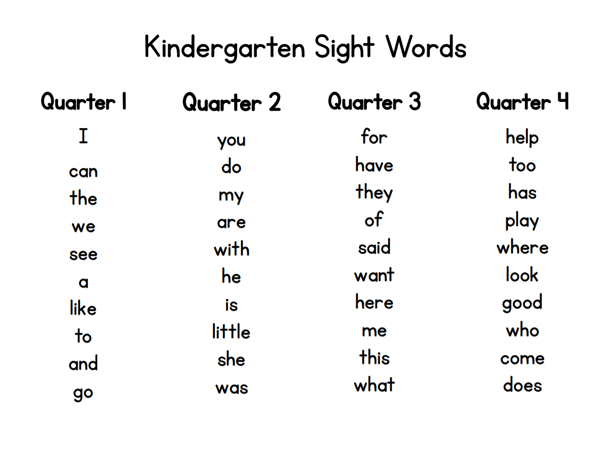 Type in a word and repeat all 4 steps to learn new words. Once completed, start with the next word and follow the same steps. The lesson should not last more than 10-15 minutes to keep the child's interest. When you feel that your child is learning better, you can increase the number of words.
Type in a word and repeat all 4 steps to learn new words. Once completed, start with the next word and follow the same steps. The lesson should not last more than 10-15 minutes to keep the child's interest. When you feel that your child is learning better, you can increase the number of words.
3) Review the previous words:
Begin each lesson by reviewing the previous words so you know that the previous learning activity was useful in some way. It will also brainstorm with them and prepare their brains for more. Keep in mind that fewer words with more understanding is always better than more words without them. Quality is more important than quantity. So make sure and learn about your child's ability to learn words by sight.
4) Use manipulators to teach:
Well, the song you sing to them or the rhyme you said is not enough for them to learn and learn everything about every word. To get started, you can use plasticine or magnetic letters. Shuffle the alphabets of the words you learned earlier and now ask the children to make a word.
5) Printing worksheets:
Printing phrases to choose from is always important and no matter what learning activity you choose, you should never neglect it. The child should be able to isolate target words from a phrase. You can turn on actions like clapping as soon as your finger touches one of them.
6) Error correction:
Every child will make mistakes in the learning process. He learns from his mistakes, and your task is to correct him where he is wrong. Write down the words you think he gets stuck on and figure out what other ways you could try to get him to learn and work on it.
7) Journaling:
You may find these ways of teaching visual words too difficult for younger preschoolers, but they can help you in the process of learning and recognition. If you notice, then you may know that there are kids who tend to learn quickly by writing things down. Their brain works with the movement of their hands. Keeping a diary can help them write down words with their hands and learn more effectively. You can try giving them a list of a few words and let them write on their own. They may surprise you.
You can try giving them a list of a few words and let them write on their own. They may surprise you.
mental math
Here is the best mental math app for kids to improve math skills…
More details
enjoyment of learning through games. Below are a few play activities that you can incorporate into your study schedule.
• Word hunting : You can do this in your room, in your garden, or anywhere else in your home. Place the words around this space and give each child a notebook and pencil. They will enjoy hunting and writing down words from all over the world. You can also add new words to the curriculum for them.
• Word Search : Use target word in word search game and make it more interesting as you choose.
• catch the word : Stick each sight word on the ball, i.e. take 10 balls or as many as you want. Place in a basket and, after saying the word, ask your toddler to drop you with the correct word pasted on it.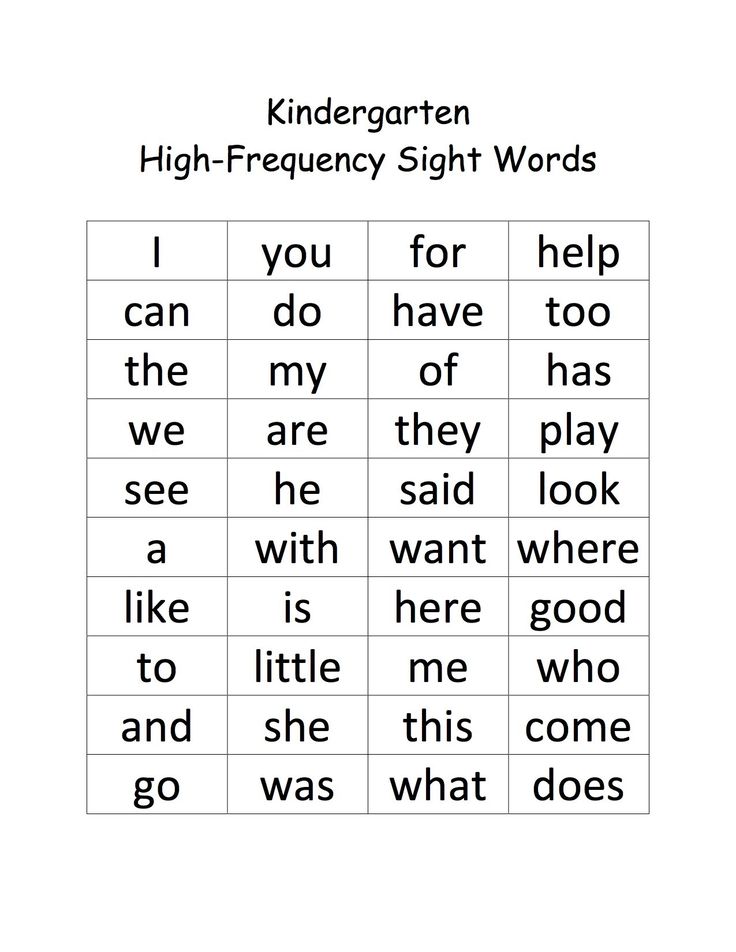
• Follow path : Place each paper plate on the floor to create a path with the word written on it. Have the child follow the path, choosing each one and repeating it to the end. He will learn more effectively by indulging in activities for sure.
9) Word walls:
Word walls are specifically used in classrooms to attract the attention of young children. In most cases, they are done in a very creative way, so that every child is forced to delve into it. When working with target words for kindergartners, a wall of words can be a great approach. You can design and create one as you wish, for example by making two sections, one with high frequency words and another with those that are not very popular.
10) Teaching visual words through music:
We all know how much children love music and how they are attracted to rhythms and sounds. Sing along to your child along with the words to make it sound natural and fun. Not only them, but you will see how much you enjoy teaching.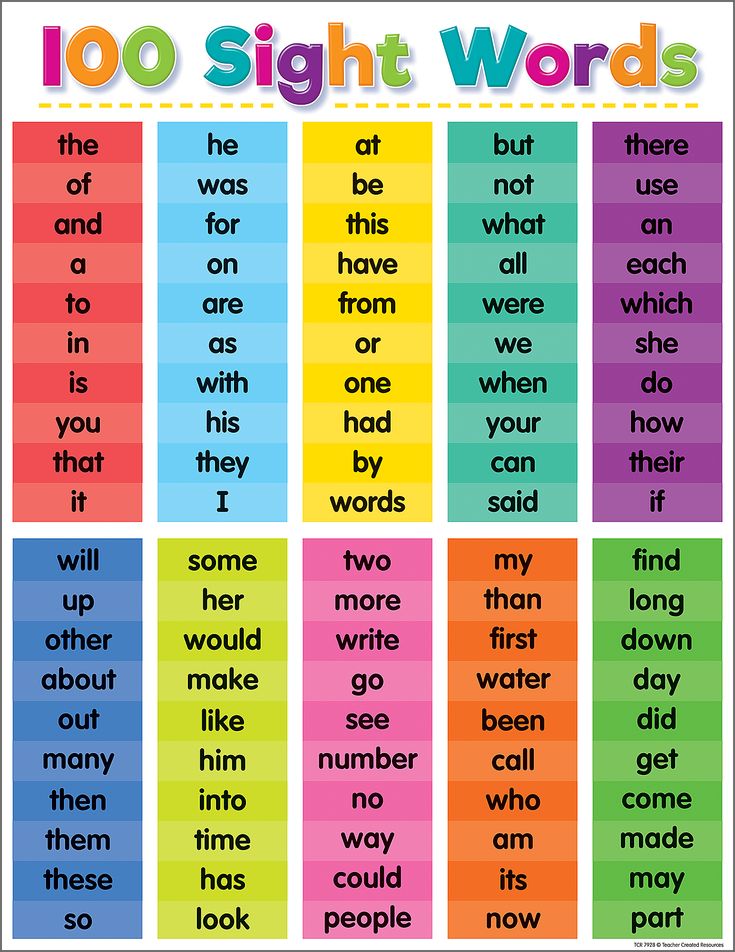 The best way to learn is through fun activities.
The best way to learn is through fun activities.
Being able to initiate visual word learning can be difficult, but teaching it is another matter. To learn more and practice how to teach children to see words and explain their importance to children is not an easy and one-time task. They are taught to help them better understand how to read from the beginning in kindergarten. Readers can recognize the words from the sight as soon as they see them, and this is very important.
Share
Top
.
Rules for Parents
RULES FOR OUR PARENTS
Dear parents!
In our kindergarten, we care about your children, their safety and development.
Therefore, we ask you to follow some rules that will help make visiting kindergarten a pleasant experience for your child.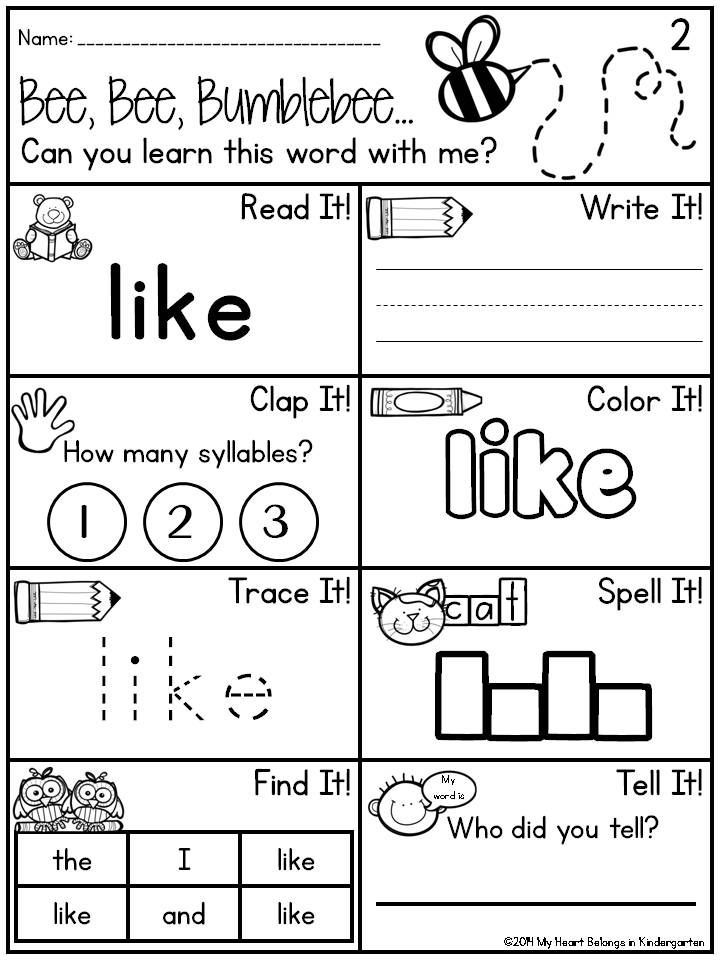
GENERAL RECOMMENDATIONS
*** Do not forget that there is a monthly payment for the maintenance of a child in kindergarten in a preschool institution. We ask you to pay the receipt on time, , by the 20th day of of each month, according to the contract.
Read about payment here
*** politely address each other, therefore, the teachers of the group, regardless of their age, must be addressed to you, by name and patronymic, and teach your children this.
Their "aunts" do not work in our kindergarten!
*** Reception of children is carried out from 7.30 to 8.45 daily, except weekends and holidays.
Timely arrival in kindergarten is a necessary condition for the correct organization of the educational process.
*** If you bring your child after the start of any regimen or activity, please undress him and wait with him in the locker room until the next break.
*** In the morning, parents must hand over the child personally to the teacher , and in the evening, be sure to go to the teacher and say that you are picking up the child from the kindergarten.
*** About the need to bring or pick up a child at non-school hours , please notify the teacher in advance. If your child is taken from the kindergarten by relatives or acquaintances, then you must write an application and sign it with the head.
*** If a child is unable to come to kindergarten due to illness or other good reason, please inform the teacher before 9 am by contact phone, and in case of coming to kindergarten after illness or vacation - the day before by 12 .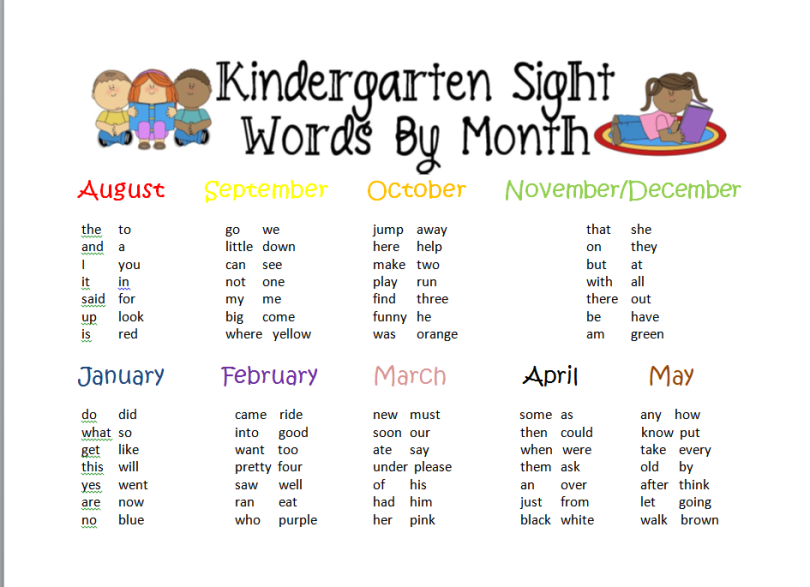
*** A child who does not attend kindergarten for more than 3 days must have a certificate from a doctor.
Parents, remember! You must bring a healthy child!
An untreated child will not only get sick himself, but will also infect healthy children!
And if "snot" and coughing do not frighten you as a mother, then another mother may have her own opinion, different from yours.
*** Before you take your child to kindergarten, check whether he is dressed correctly , whether his suit is appropriate for the season and air temperature. In properly selected clothes, the child moves freely, gets tired less. Make sure that the child's clothing is not too large and at the same time does not hinder the child's movements. Pay special attention to shoes . It should be light, warm and fit exactly to the size of the foot.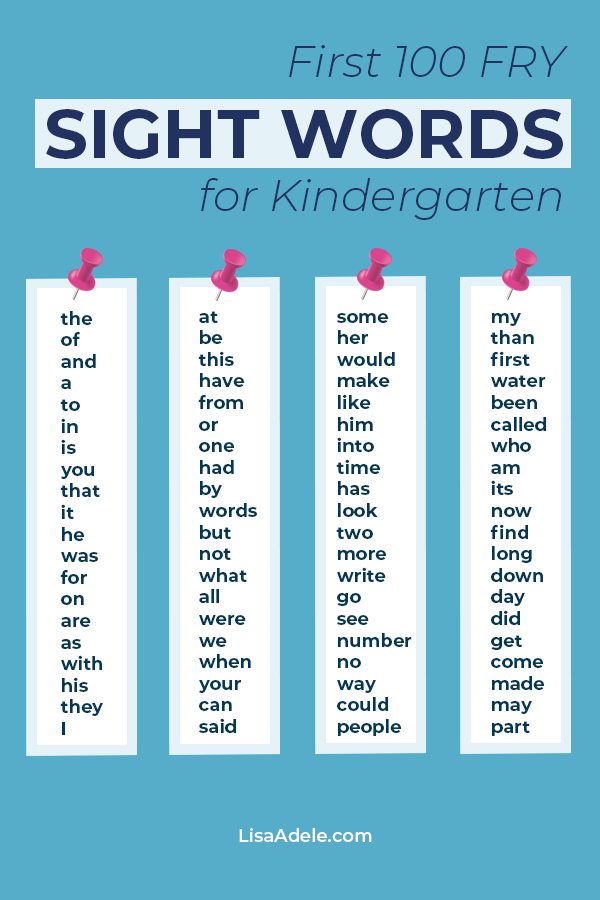 Check buckles and laces. They must be such that the child can use them independently. In group room not allowed wearing shoes without backs (flip-flops).
Check buckles and laces. They must be such that the child can use them independently. In group room not allowed wearing shoes without backs (flip-flops).
Dear parents! Slippers leave for the house. Children, of course, feel at home here, but let shoes be “not slippers” .
Requirements for the appearance of children
- Neat appearance, fully buttoned clothing and shoes;
- Washed face;
- Clean nose, hands, trimmed nails;
- Hair trimmed and carefully combed; for girls, the hairstyle is fixed with elastic bands, bows, etc.
- Clean underwear;
- Availability of sufficient handkerchiefs. The handkerchief is necessary for the child both indoors and on a walk. Make convenient pockets on your clothes for storing it.
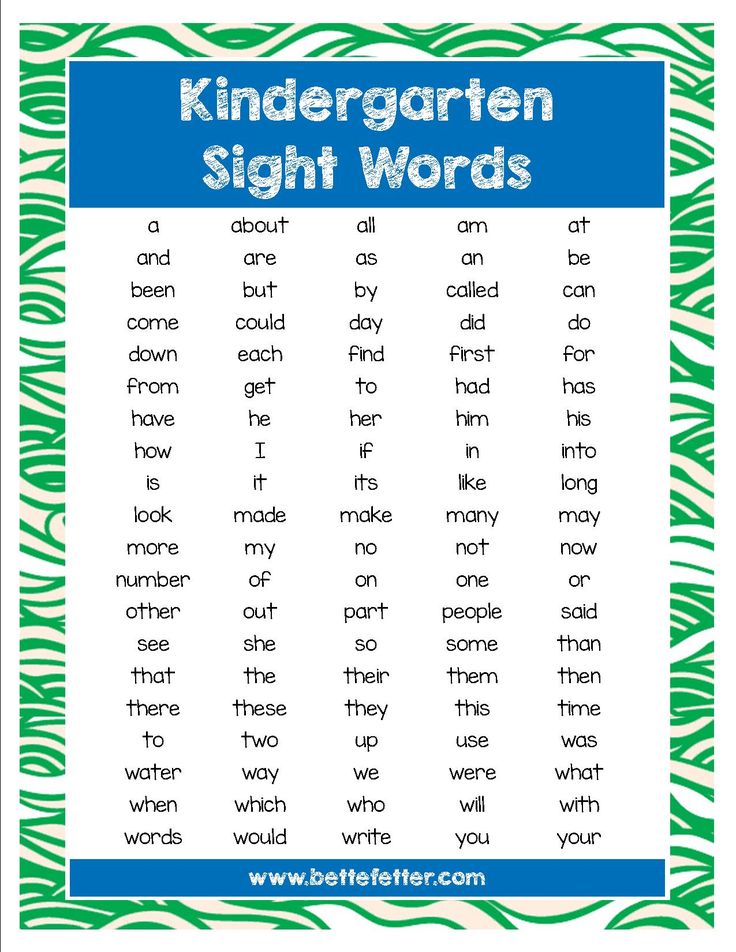
To create comfortable conditions for a child to stay in kindergarten, you need:
- In closet there should be T-shirts, panties, spare tights, socks, a change of clothes in case of an "accident" while eating. Children ... are an independent people. Be sure to check the neatness of things, do not forget to take your pajamas and sportswear to the laundry, well, we don’t even mention the daily change of clothes. Clothing for staying in a group. It is not allowed to wear the same pair of jeans, trousers both for a walk and in the premises of a kindergarten.
- Two bags for storing clean and used linen.
- Comb (regardless of hair length).
- Sportswear and shoes with rubber soles for physical education.
- Linen, clothes and other things can be marked.
- It is STRICTLY FORBIDDEN to bring sharp, piercing, cutting objects to the preschool (scissors, knives, knitting needles, pins, nails, wire, mirror, glass bottles, bubbles, metal toys, swords, sabers, lighters, etc.
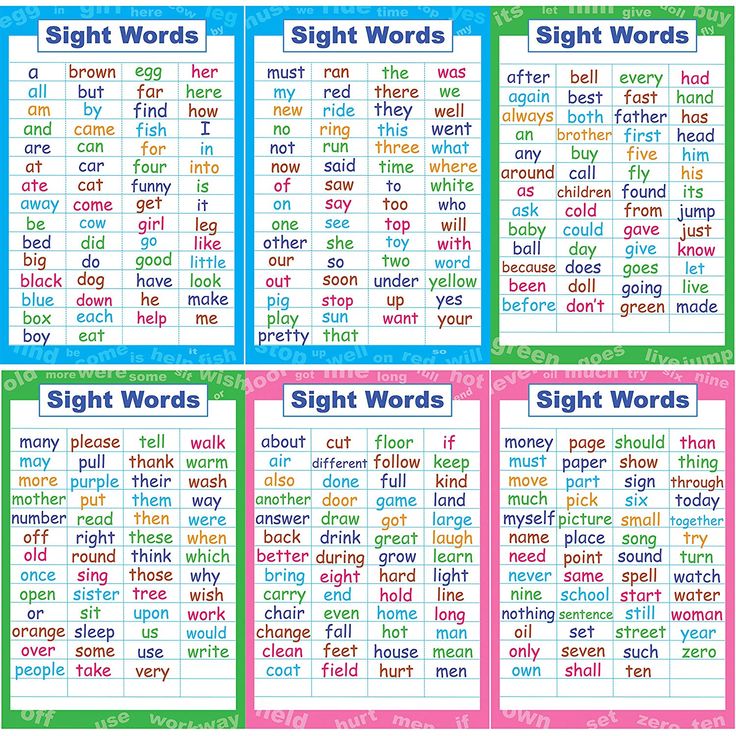 ) .
) .
The presence of such items is dangerous not only for your child, but also for other children attending the group. Therefore, be sure to check your child's pockets before leaving for kindergarten.
We strongly do not recommend that your child wear gold and silver jewelry.
We also ask not to give chewing gum, sweets, cookies and any food, vitamins, pills and other medicines, cosmetics and computer games and any valuable toy that you feel sorry for.
If you consider it necessary to give your child some treats with you, then please limit yourself to a few caramels in candy wrappers and warn the teacher about this.
- In a group, children are not allowed to beat and offend each other; take things from the teacher's table without permission, even your own, take personal things without permission, including toys of other children brought from home; spoil and break the results of the work of other children.
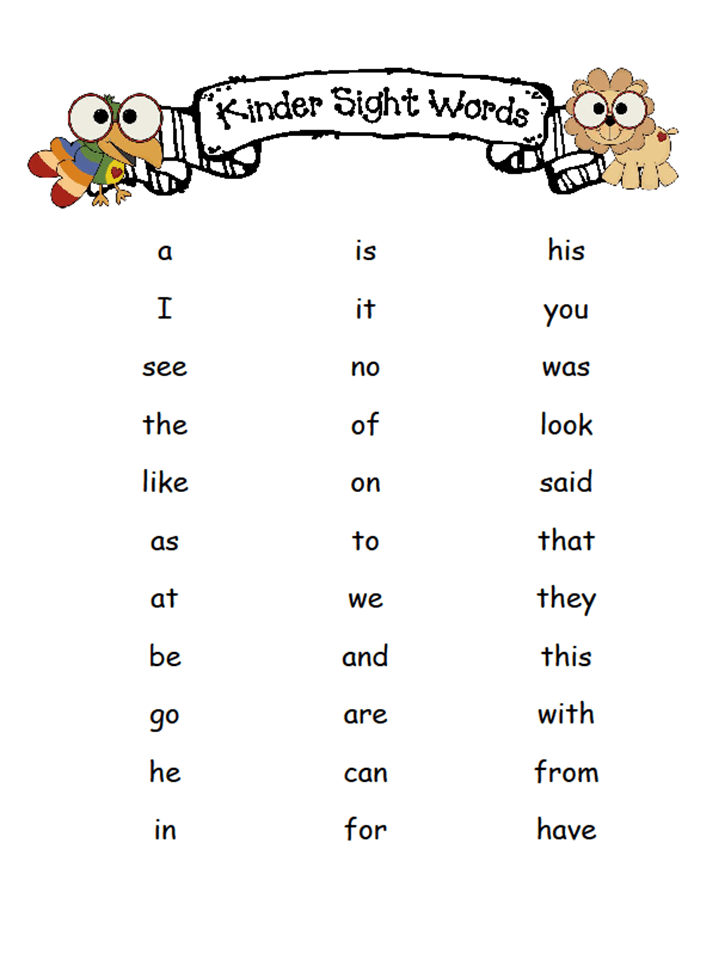 Children are not allowed to "strike back", as well as to attack each other. This requirement is dictated by the safety of the child.
Children are not allowed to "strike back", as well as to attack each other. This requirement is dictated by the safety of the child. - Do not forget to pay attention to the child's man-made work (drawings, crafts), praise the child.
Parents can attend classes at any time by informing the teacher conducting it a day in advance. Replacement shoes are not required, but remember about shoe covers!
General issues are discussed at parent meetings, not because there is nothing to say about everyone, but only because of ethical considerations.
- Disputes and conflict situations must be resolved in the absence of children. If you could not resolve any issue with the teacher of the group, contact the head.
In the presence of a child one should not discuss preschool teachers with relatives or acquaintances.



